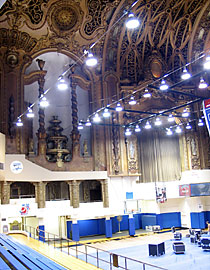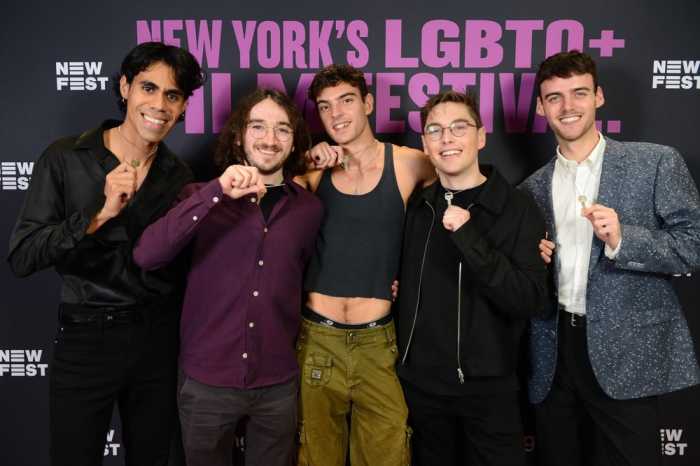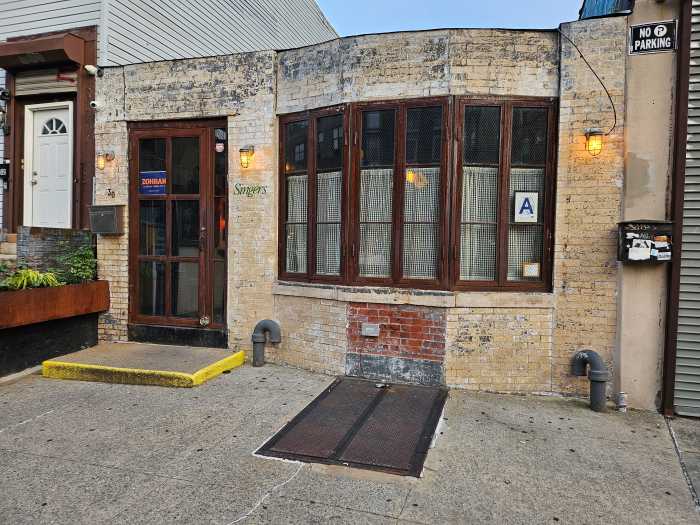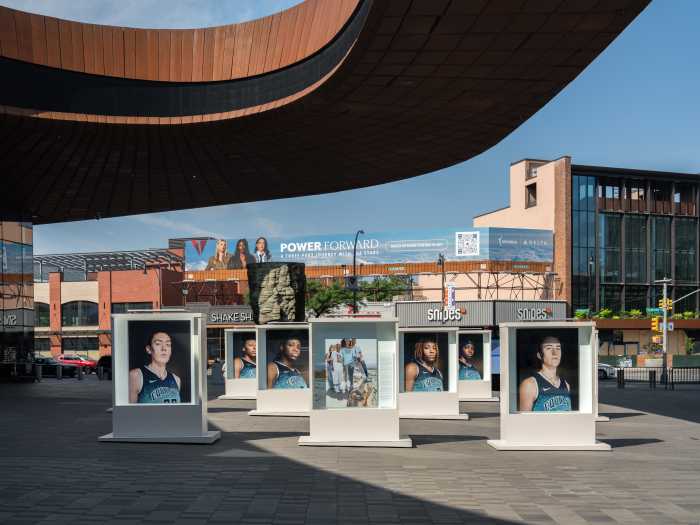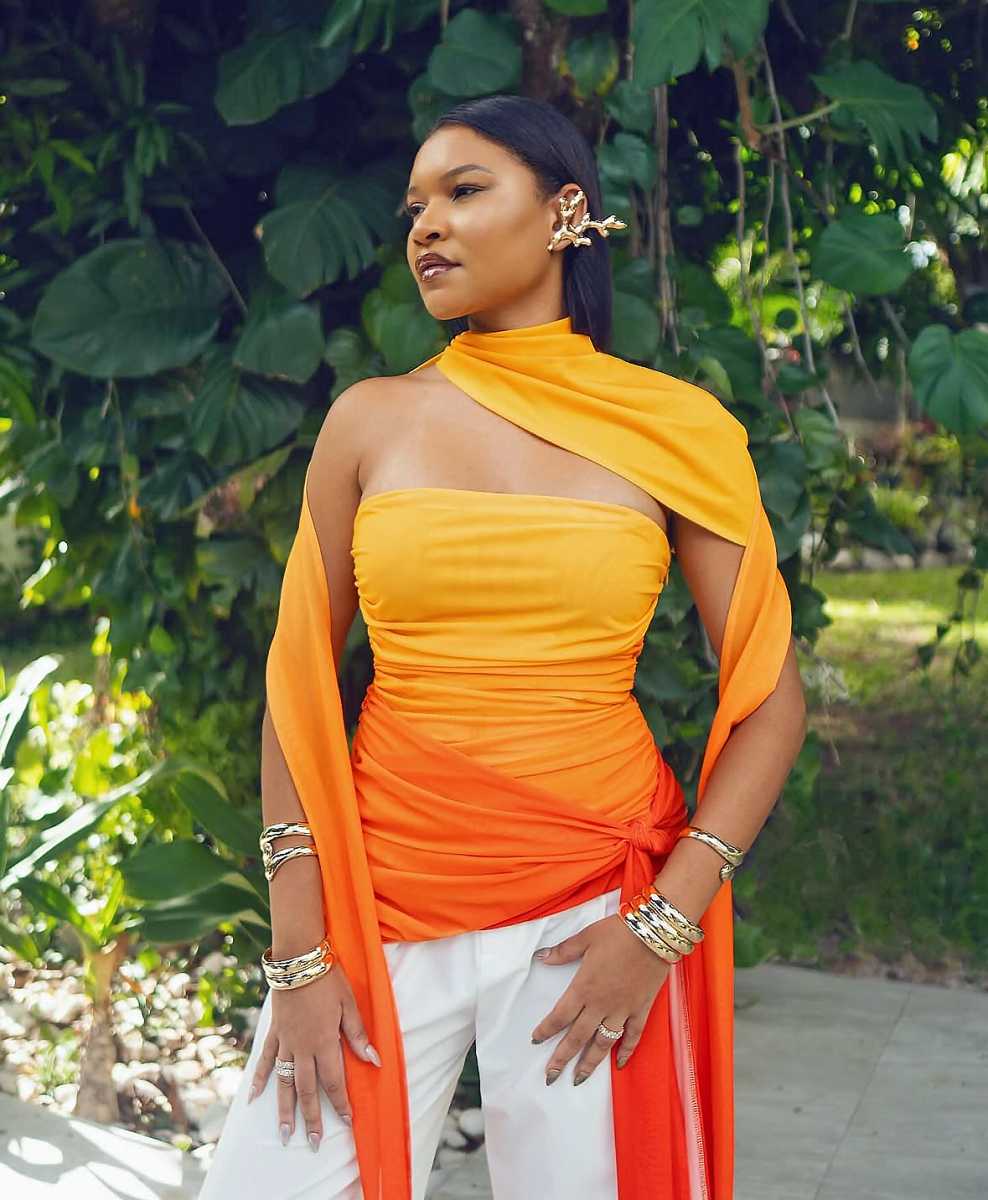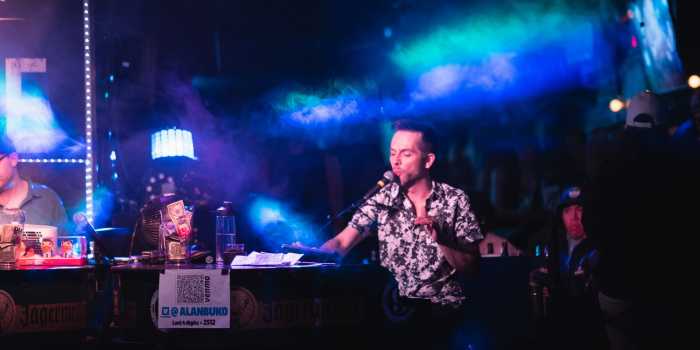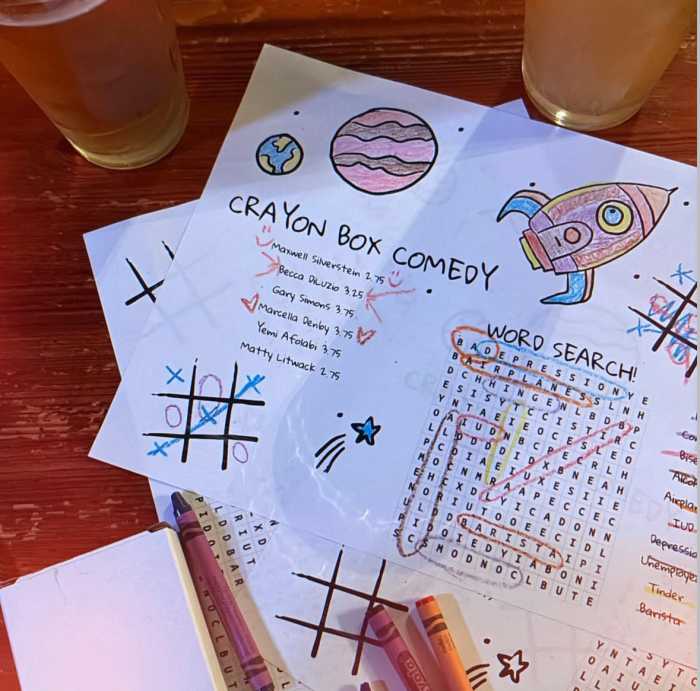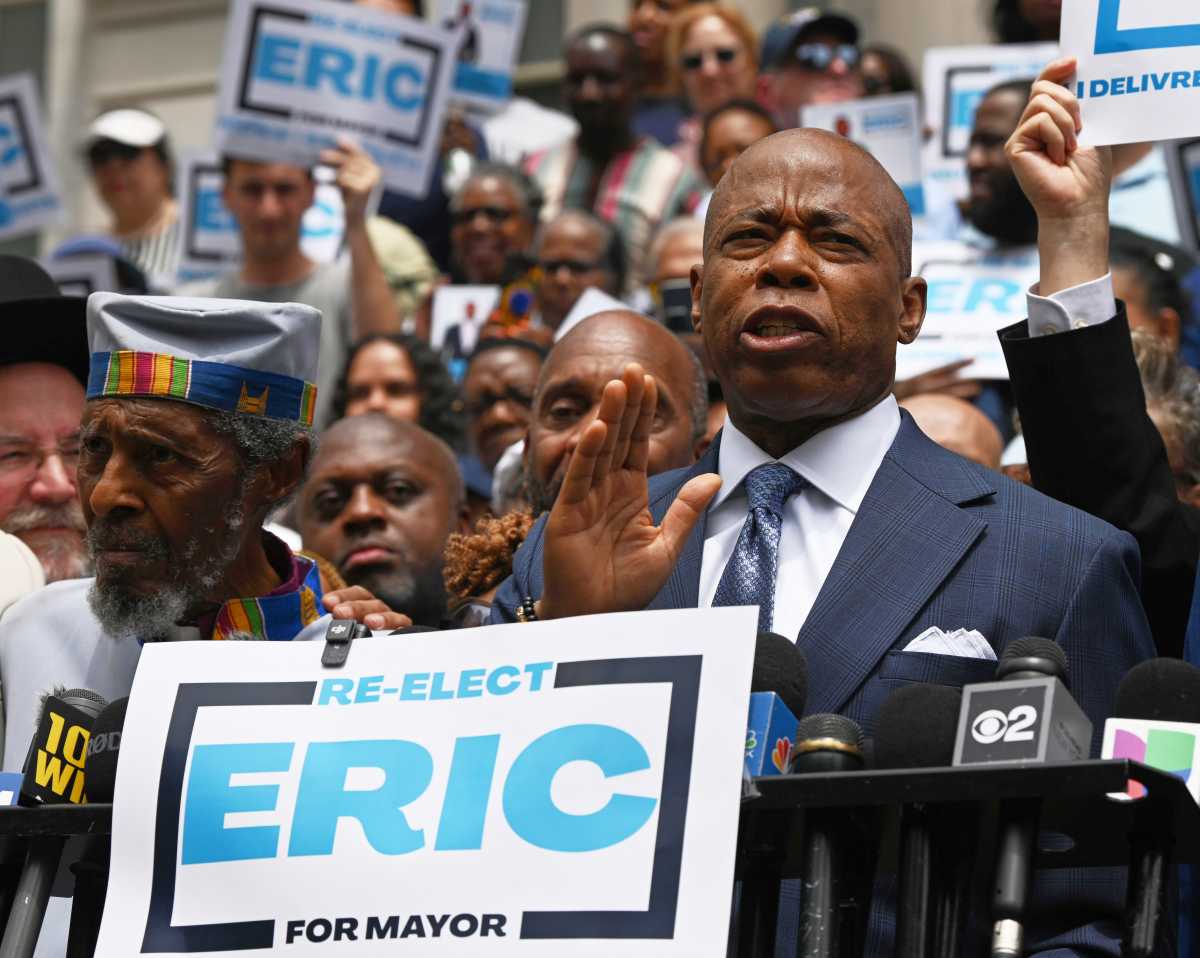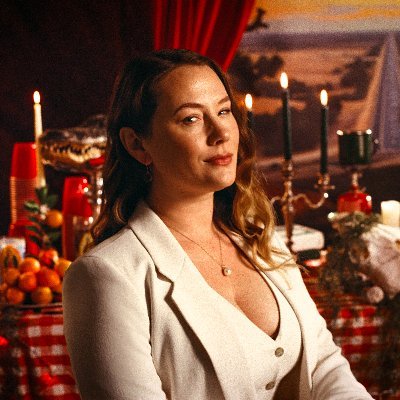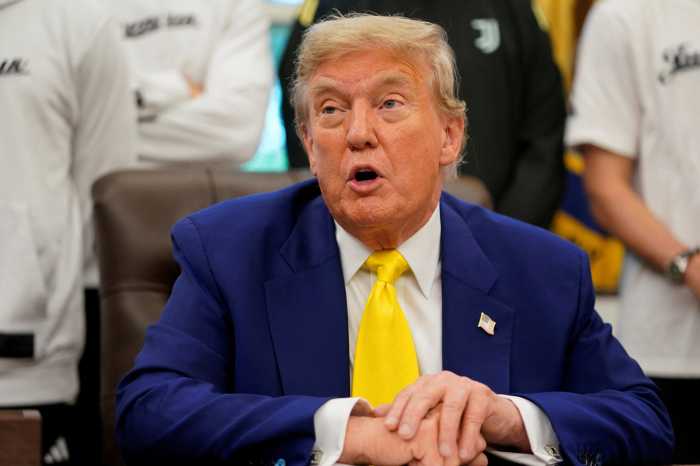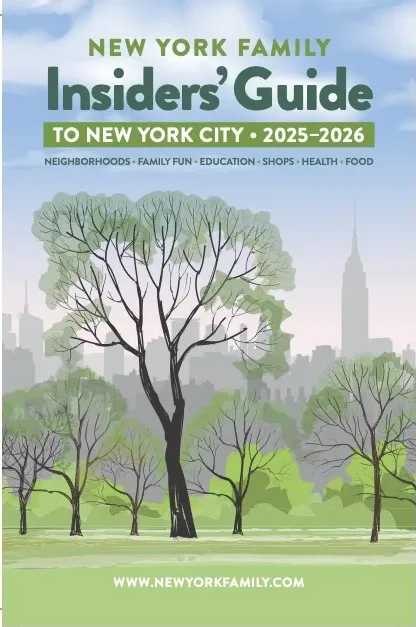The intersection of Flatbush Avenue Extension
and DeKalb Avenue in Downtown Brooklyn was once again a jazz
mecca Friday, as the old Brooklyn Paramount Theatre, once one
of the world’s most majestic movie palaces, was remembered for
its oft-overlooked legacy as the stage for many of jazz’s greatest
legends.
"Remembering Jazz at the Brooklyn Paramount," an unprecedented,
daylong conference, photo exhibit and concert was held on the
Brooklyn campus of Long Island University, which has absorbed
and preserved much of the historic theater’s interior splendor
despite the fact that it has been converted into a basketball
court.
An impressive lineup of celebrated jazz critics, writers, historians,
scholars and musicians shared personal memories and historical
facts about the famous theater and Brooklyn’s golden age of jazz
during speeches and roundtable discussions with critics and musicians.
Featured speakers were noted writers Gary Giddins, Ira Gitler,
popular jazz observer Phil Schaap and historian Patricia Willard.
"I don’t recall ever seeing this many outstanding scholars
and writers of jazz in one place before," said Willard,
the longtime Duke Ellington publicist and author.
Among those participating in the musicians’ roundtable was trombonist
Eddie Bert who played with Alan Freed’s band at the Brooklyn
Paramount in the ’50s.
"This is a chance to call attention to all the jazz that
was here in the Brooklyn Paramount and all the great, great players
who were here," said Michael Hittman, the LIU anthropology
professor whose untiring efforts and passion for jazz were the
driving force behind the unique event. Hittman was inspired to
put together the conference and concert by what he learned as
producer and host of his interview program "Jazz Sounds"
on WLIU radio.
"It was astonishing for me to personally learn about Ella
[Fitzgerald] and that all the jazz greats were here at the Brooklyn
Paramount," he said. A one-credit course was offered to
undergraduate and graduate students who attended the conference.
Two walking tours of what was once called one of the most beautiful
theaters in the world explained why the Brooklyn Paramount, which
opened in 1928, was a true movie palace with its 4,000-plus red
velvet seats, Renaissance-inspired sculptures, huge fountains
filled with goldfish, and nine stories of art deco and rococo
interior. Between movies, there were often live performances
by the top stars of the day, including Mae West, Ginger Rogers,
Bill "Bojangles" Robinson, Milton Berle and Bing Crosby.
During the ’50s, the theater helped give birth to rock ’n’ roll
with Alan Freed’s famous shows featuring the likes of Little
Richard, Chuck Berry, Buddie Holly and Richie Valens.
Not as well-known or remembered is that a Who’s Who of jazz legends
also regularly took to the Paramount stage, including Ellington,
Fitzgerald, Count Basie, Charlie Parker, Dizzy Gillespie, Miles
Davis, Sara Vaughn and John Coltrane.
LIU bought the lavish theater in 1950 and ended movies there
in 1963. Today, the theater’s plush seats and great stage have
been replaced by the simple wooden bleachers and basketball court
that is the home gymnasium of the LIU basketball and volleyball
Blackbirds. But when the athletes and fans look to the rafters,
they still see the awe-inspiring ornate ceiling, cherub statues
and huge wall fountains. Also preserved is the Paramount’s marble
lobby, with its magnificent stairway, that now serves as the
main campus cafeteria.
Stories of living in Brooklyn during its golden jazz era and
its historic and cultural importance were the theme of the day.
"This is where I learned about jazz," said renowned
critic Gitler, who shared that he was born in Brooklyn only a
few weeks after the Paramount opened. "A lot of people got
exposure to jazz in the city’s theaters, like the Brooklyn Paramount,
that they might not otherwise have gotten," said Giddins,
a former Village Voice jazz columnist and a contributor to Ken
Burns’ landmark PBS documentary series "Jazz." He also
lamented the destruction of most of America’s grand movie theaters.
"I think it’s such a disgrace that we build these monuments
to culture and then we tear them down," said Giddins.
Keynote speaker Schaap, host of WKCR radio’s "Bird Flight"
program, which is devoted to the music of Charlie "Bird"
Parker, spoke of the little-known connection between rock ’n’
roll and jazz artists who played the Brooklyn Paramount during
the ’50s. The popular encyclopedic chronicler of jazz related
a story about legendary rock ’n’ roll promoter Freed and jazz
saxophonist "Big Al" Sears calling it a "part
of a more important brotherhood of music and of humanity"
that took place during a period when America was addressing issues
of race and equality.
Ellington, who first introduced jazz to the Brooklyn Paramount
audience in 1931, gave the last jazz performance on the theater’s
stage 40 years later. That was true until Friday. In fitting
style, a day of remembering Brooklyn’s jazz legacy concluded
with an evening concert featuring the LIU All-stars, a group
of jazz-playing faculty members and pros.
With spotlights illuminating the ornate ceiling and transforming
the darkened gymnasium, it was easy for the imaginations of the
hundreds seated at candle-lit tables – and in the bleachers –
to imagine what it most have been like when thousands heard Duke,
Bird, Trane, Dizzy and Ella in the same hallowed hall.
The "They Were Here" photo
exhibit of artists who performed at the Brooklyn Paramount from
1928 to 1962 will be on display through Oct. 31 at the Salena
Gallery on the Brooklyn campus of Long Island University (Flatbush
Avenue Extension and Dekalb Avenue in Downtown Brooklyn). It
is free and open to the public. For more information call (718)
488-1198.


